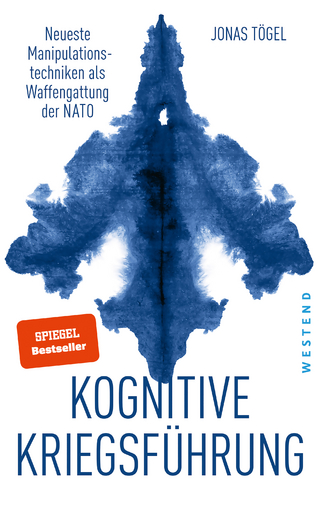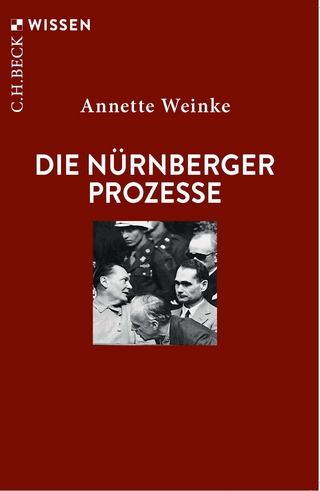
A History of Victims of Crime
Routledge (Verlag)
978-1-032-18824-9 (ISBN)
- Lieferbar (Termin unbekannt)
- Versandkostenfrei innerhalb Deutschlands
- Auch auf Rechnung
- Verfügbarkeit in der Filiale vor Ort prüfen
- Artikel merken
This book examines the evolution of the contemporary crime victim’s procedural place within modern Western societies. Taking the history of the Irish crime victim as a case study, the work charts the place of victims within criminal justice over time. This evolves from the expansive latitude that they had during the eighteenth century, to their major relegation to witness and informer in the nineteenth, and back to a more contemporary recapturing of some of their previous centrality. The book also studies what this has meant for the position of suspects and offenders as well as the population more generally. Therefore, some analysis is devoted to examining its impact on an offender’s right to fair trial and social forms. It is held that the modern crime victim has transcended its position of marginality. This happened not only in law, but as the consequence of the victim’s new role as a key sociopolitical stakeholder. This work flags the importance of victim rights conferrals, and the social transformations that engendered such trends. In this way victim re-emergence is evidenced as being not just a legal change, but a consequence of several more recent sociocultural transformations in our societies. The book will be of interest to researchers, academics, and policy makers in criminal law, human rights law, criminology, and legal history.
Stephen J. Strauss-Walsh teaches Criminology and Criminal Law at the University of Galway. His research is focused on victims and crime. He has a First-Class Honours Law Degree and PhD from the University of Limerick, Ireland.
Acknowledgements
Table of Instruments
Case Law
1 Introduction
Context
Research question
Methodology
Contribution to knowledge
Structure
PART I
Historical context
2 A contextual study of victim centrality in eighteenth-century Britain
Introduction
The eighteenth century
Politics
The victim of crime
In the popular imagination
Compounding
Conclusion
3 The causes and outcomes of the exclusion of victims from the nineteenth century Irish justice system
Introduction
The nineteenth-century causes of victim exclusion
A fading noblesse oblige and a laissez-faire revolution
Urbanisationwithin an industrialising Ireland
Greater resident numbers move to cities
Problems with the victim-centred system are emphasised
The prevalent hesitancy regarding pursuing actions
Britain’s closest colony lists towards revolution
British hegemonic rule becomes almost impossible
The “fear of the crowd” and a move from “status to contract”
Disorder sees social unrest become a persistent Irish issue
The“Leviathan State” engenders punitive advancements
Novel organisations begin dictating chastisement
Reformalters regulation of juridical frames
Traditionally overlooked transgressions Are prosecuted
The impactof victim exclusion in nineteenth-century Britain
Punishment becomes successfully centralised
Conclusion
PART II
Sociological transformation
4 Feminism and victimology highlight hidden victimisation
Introduction
Victimology
The birth of the study of victims
Feminism
Consciousness-raising and -changing
Conclusion
5 Domestic drivers of change re-establish the victim
Introduction
Reported crime rates—from stability to disorder
The low crime society of the 1940s and 1950s
The Evental moments that qualitatively changed crime
Watershed moments in Irish criminal history
The evolution of victim advocacy in Ireland
The emergence of the victim’s voice in the public sphere
Media reporting
Graphic and pervasive crime portrayals
Mass victimisation surveys
Data suggests an increase in the reporting of victimisation
Victims of child abuse
The victim in the consciousness of the Irish people
Conclusion
PART III
Legal reformative evolution
6 Charting the Irish victim’s juridical re-integration—the evolution of the victim as a rights bearer in Ireland
Introduction
Supranational instruments provide victims with entitlements
International law courts allocate privileges to victims
The Irish judiciary recognise the victim as a rights holder
Conclusion
7 The legal reincorporation of the crime victim
Introduction
The protection and accommodation of victims
An expanded criminal calendar
Pre-trial reforms
Preliminary investigations
Trial reforms
Greater account taken of victim privacy during disclosures
Conclusion
8 Legal reincorporation of victims after trial
Post-trial reforms
Introduction
Civil process reforms
The civil law—a viable justice avenue
Conclusion
9 Conclusion
Bibliography
Index
| Erscheinungsdatum | 10.08.2023 |
|---|---|
| Reihe/Serie | Routledge Contemporary Issues in Criminal Justice and Procedure |
| Verlagsort | London |
| Sprache | englisch |
| Maße | 156 x 234 mm |
| Gewicht | 500 g |
| Themenwelt | Geschichte ► Teilgebiete der Geschichte ► Militärgeschichte |
| Recht / Steuern ► EU / Internationales Recht | |
| Recht / Steuern ► Rechtsgeschichte | |
| Recht / Steuern ► Strafrecht ► Kriminologie | |
| Recht / Steuern ► Strafrecht ► Strafverfahrensrecht | |
| ISBN-10 | 1-032-18824-3 / 1032188243 |
| ISBN-13 | 978-1-032-18824-9 / 9781032188249 |
| Zustand | Neuware |
| Haben Sie eine Frage zum Produkt? |
aus dem Bereich


